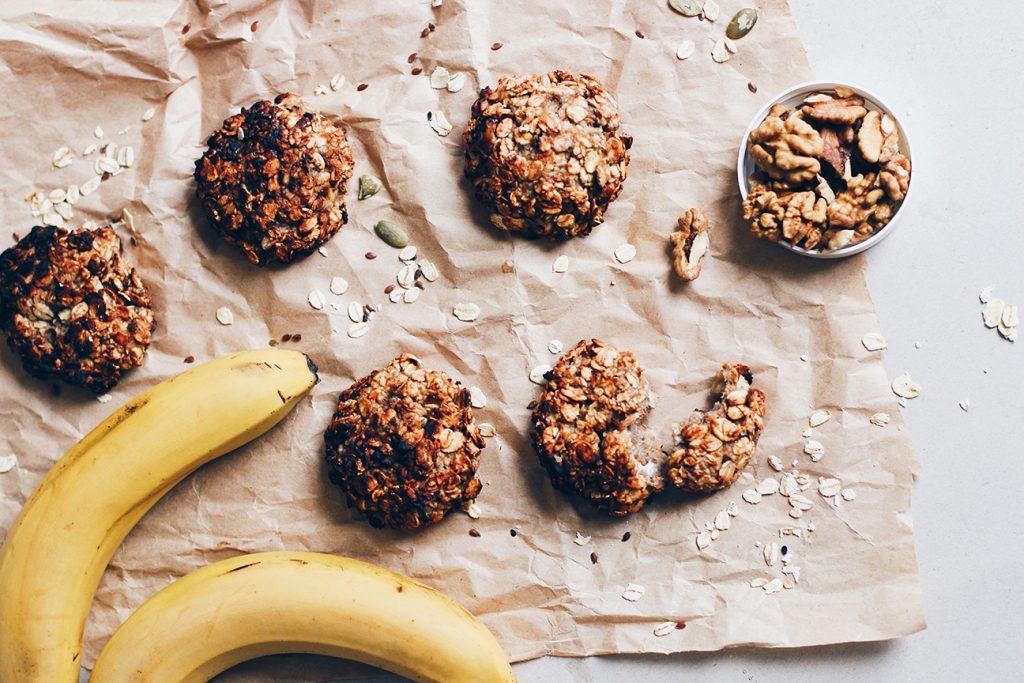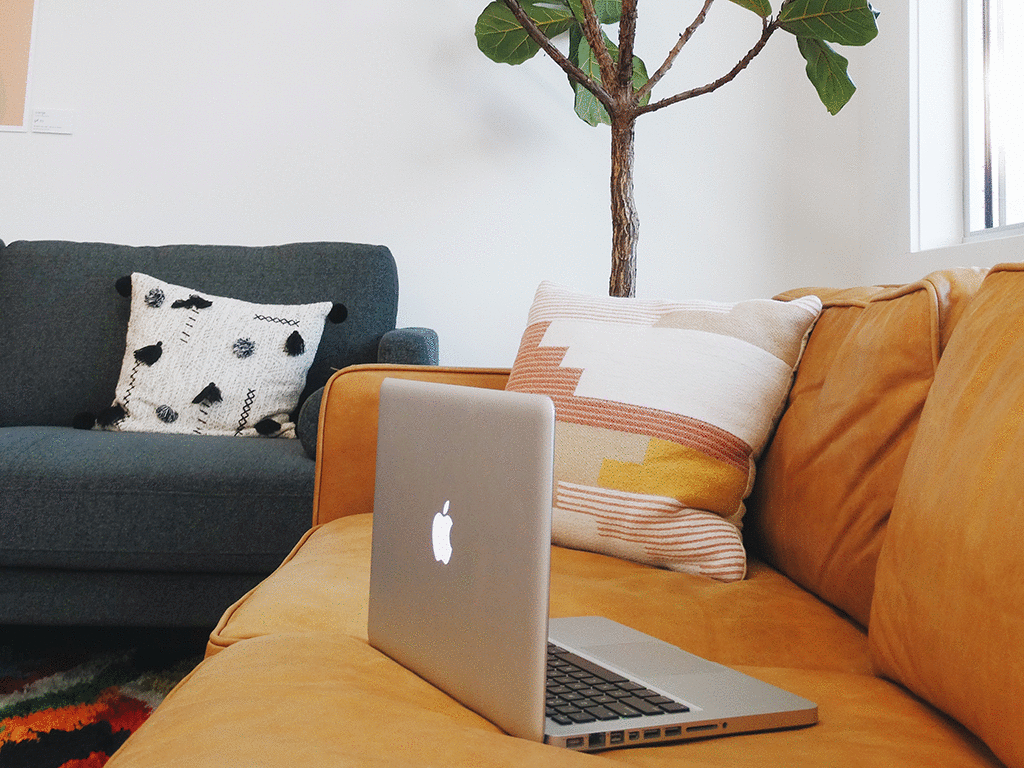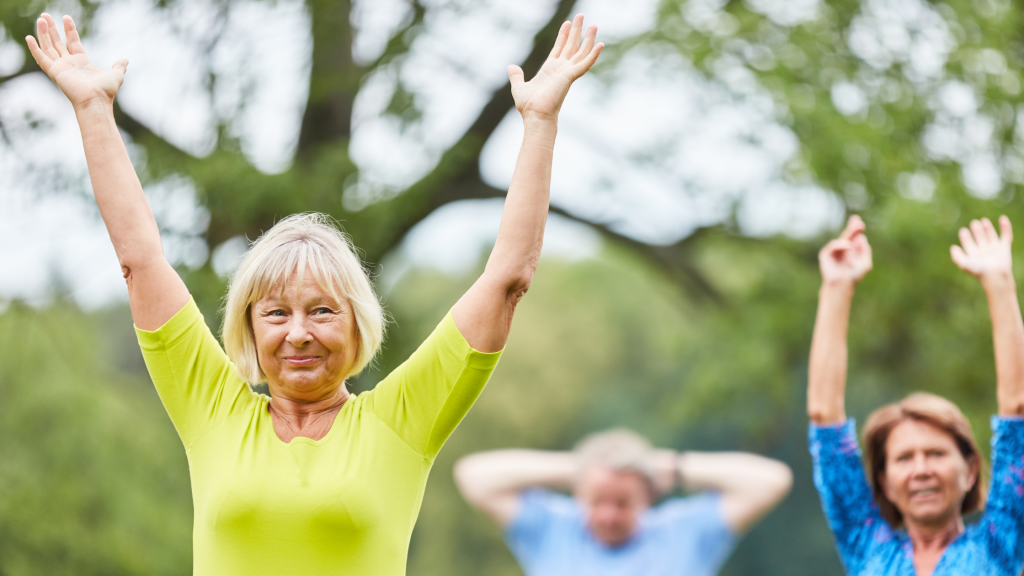Osteopenia
Osteopenia is a condition that describes bones as weaker than normal. However, having osteopenia does not mean that you will necessarily go on to develop osteoporosis, providing you take steps to reduce further bone loss. Minimal trauma fractures (MTF) are defined as fractures resulting from trauma equal to (or less than) a fall from standing height. These may occur in bones that are osteopenic and is an indication for further investigation and to seek appropriate intervention. If a MTF occurs over the age of 50, osteoporosis is probable.
Osteoporosis
Osteoporosis describes significant loss and weakening of bone. The bones become fragile, such that they break easily – even as a result of a minor fall, a bump, a sneeze, or a sudden movement. The spine, hip and wrist are the most common sites, but any bone can be affected. Osteoporosis itself is not a painful condition until a fracture occurs. Fractures caused by osteoporosis can be life-threatening and can be a major cause of pain and long-term disability.
Several factors may contribute to these conditions including:
-
Genetic factors – poor bone health may run in the family
-
Coeliac disease – malabsorption disorders
-
Taking of glucocorticoid medications for long periods-(≥ 3 months glucocorticoids Prednisone ≥ 7.5mg)
-
Low body weight
-
Post Menopause
-
Alcohol and smoking
-
Type 1 and Type 2 diabetes
-
Rheumatoid arthritis
-
Recurrent falls with trauma fractures
Testing for Osteoporosis:
The gold standard testing for Bone Mineral Density (BMD)in Australia is the DXA (low dose x-ray examination). Your GP can refer you for a scan. The results of your DXA scan will determine your T-score and Z-score.
The T-score is the primary tool for the diagnoses of osteoporosis or osteopenia in patients who have not sustained a minimal trauma fracture. It compares your score to the peak bone density of young adults.

By making positive changes to your lifestyle you can help maintain and even improve your bone strength. If you have been diagnosed with osteopenia you can reduce the risk of developing osteoporosis.
- Decreasing alcohol intake
- Cease smoking
- Getting enough calcium and vitamin D
- Good nutrition
- Exercising regularly
How does exercise influence bone?
When our skeleton is exposed to greater loads than normal, such as when a person increases their level of activity, the loaded bone ‘deforms’ slightly more than usual (it actually bends). This bending acts as a signal for the bone to modify its shape and/or size so that the bone can better manage load in the future, and hence protect the bone from injury.
Once a bone has adapted to an activity, changes in the bone also cease to happen. To ensure that your exercise continues to stimulate positive bone adaption, it is necessary to vary the type of loading by doing different activities.
So, although medications can be helpful for people with weaker bones, bone loading exercise is a critical requirement to improve bone structure and health.
So what exercise is needed to help protect our bones & muscles?
-
Weight bearing/impact exercise – brisk walking, jogging, skipping, stair climbing, hill walking, jumping and playing sports such as basketball, netball and tennis – and let’s not forget dancing.
-
Progressive resistance training – using body weight, hand weights, therabands and gym equipment. The recommendation is 8 different resistance exercises per session targeting major muscle groups attached to the hip & spine.
-
Balance – Tai Chi, single leg work, variations in walking, changing base of support and surfaces.
Note: Low intensity aerobic activities (walking, swimming, cycling) can form part of a comprehensive program to improve aerobic fitness and other health outcomes.
How often should you exercise?
4 – 7 days per week. Make it regular, trying not to leave it more than 2 days in-between exercising. Include aerobic activity within your program for your overall health.
Activity guide to bone health:
- Impact type exercises 4 to 7 days per week (working to 50 jumps per session is recommended, discuss this with your Exercise physiologist or physiotherapist)
- Resistance training at minimum 2 days per week
www.exerciseismedicine.org.au
Belinda R. Beck, Robin M. Daly et al. Exercise and Sports Science Australia (ESSA) position statement on exercise prescription for the prevention and management of osteoporosis Journal of Science and Medicine in Sport.







About The Author: Fluid Physio
More posts by Fluid Physio